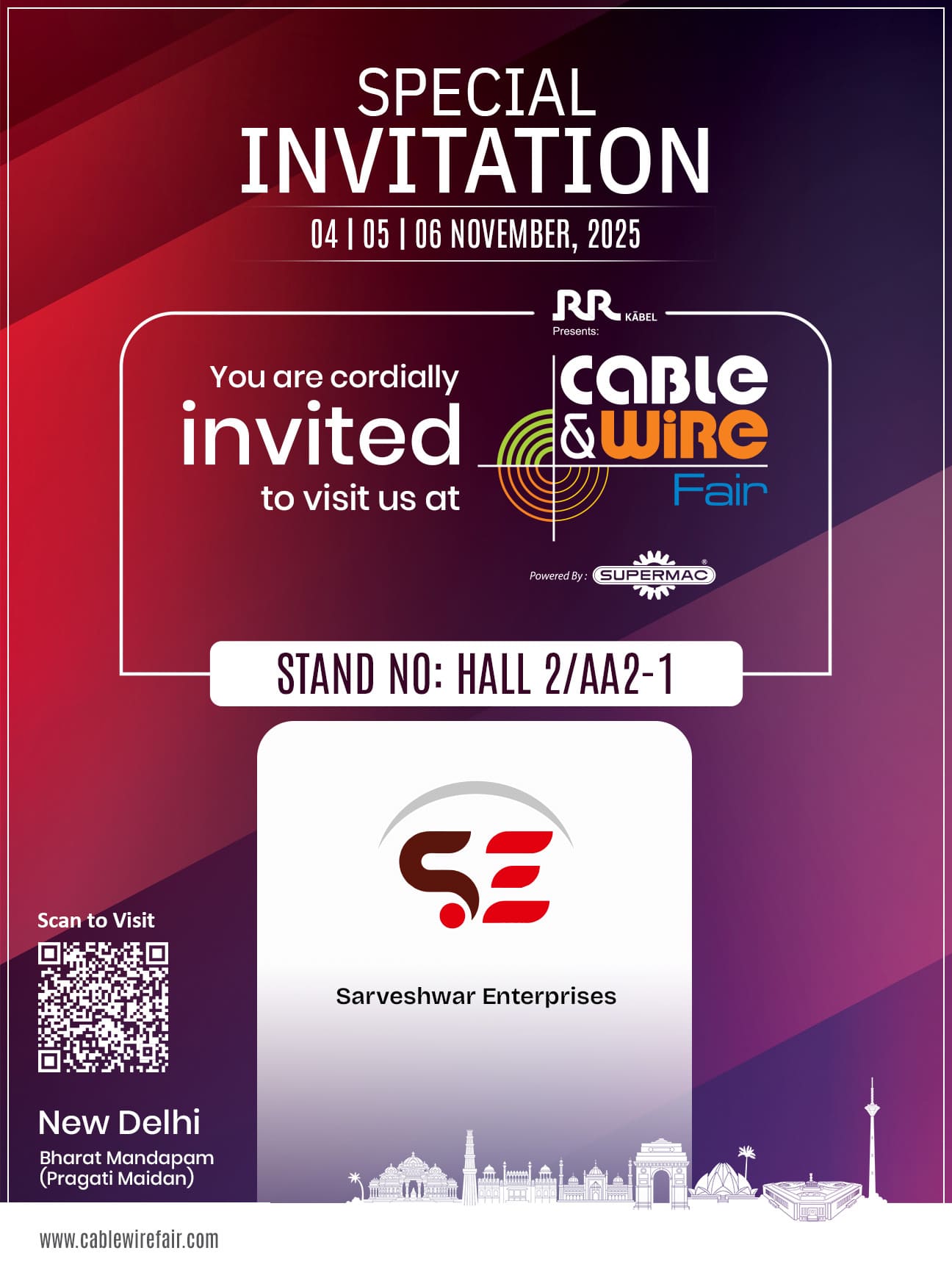


- Home
- About Us
-
Products
.png)
-
Application
.png)
-
Blog
.png)
- Contact us


PM5S Magnesium Hydroxide: The High-Performance, Cost-Effective Flame Retardant Filler
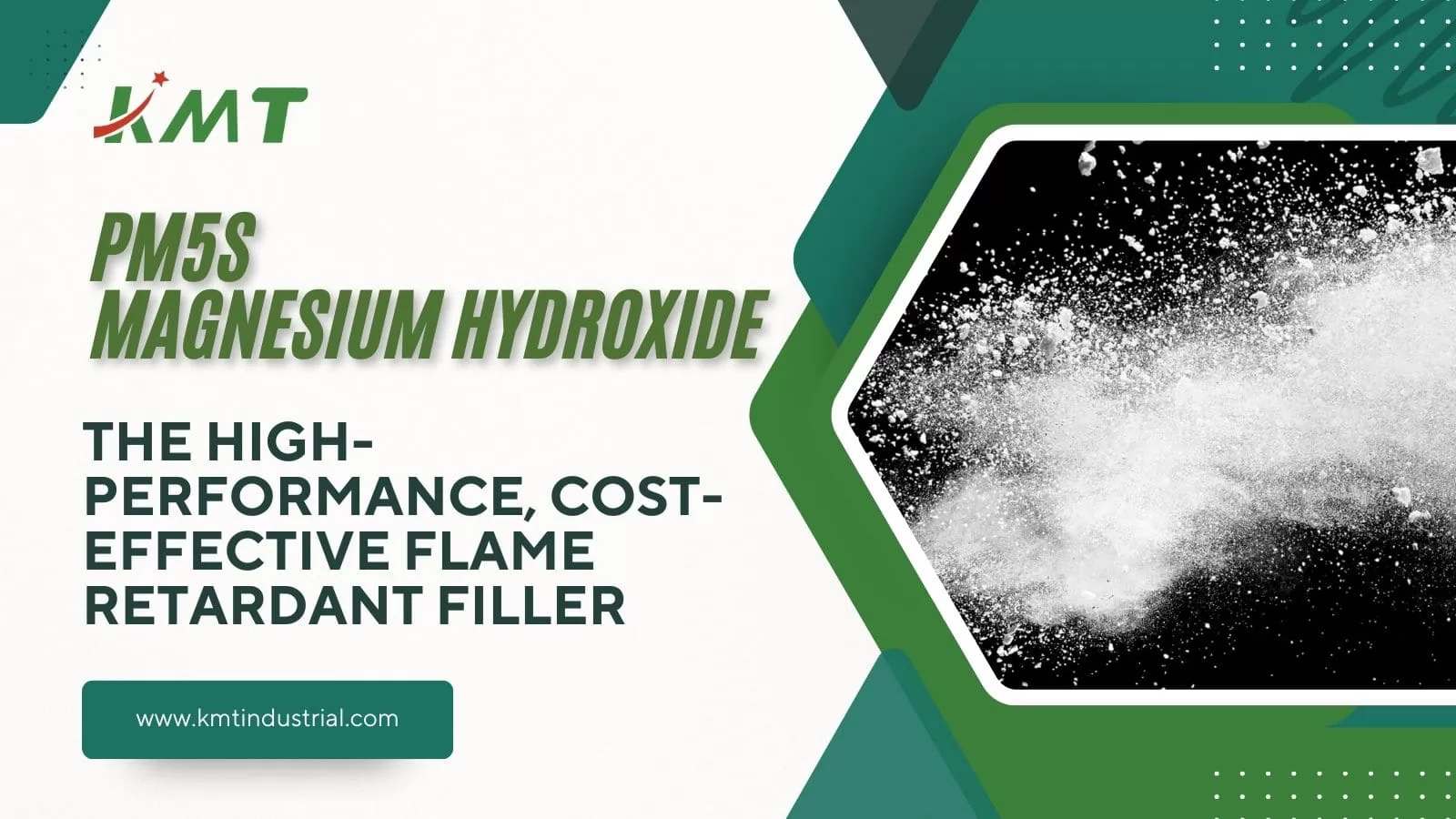
In the demanding fields of wire & cable, rubber, plastics, and construction materials, selecting the right halogen-free flame retardant is critical. As environmental regulations tighten and the demand for Low Smoke Zero Halogen (LSZH) materials grows, magnesium hydroxide (MDH) has become a leading choice for green flame retardant solutions.
Among the various MDH products available, PM5S is rapidly gaining market recognition for its unique flake-like structure, ultra-fine particle size, high purity, and exceptional cost-performance ratio. This article provides a comprehensive analysis of PM5S, covering its technical specifications, key applications, performance comparisons with other fillers, and synergistic benefits in compound formulations.
What is PM5S?
PM5S is a silane-coated, super-fine precipitated magnesium hydroxide (Mg(OH)₂) with a flake-type structure and a highly competitive price point.
PM5S Key Specifications:
- Mg(OH)₂ Content: ≥99%
- Particle Size (D50): 1.4–1.7 μm
- BET Surface Area: 14–18 m²/g
- Whiteness (R457): ≥99%
- Moisture Content: ≤0.5%
- Coating: Silane-coated
- Impurities (CaO, Fe₂O₃, Acid Insolubles): Very low, ensuring high purity and color stability
The ultra-fine particle size (D50 ≈ 1.6μm) and silane coating ensure excellent dispersion and prevent agglomeration during storage and processing, making PM5S ideal for high-filler, high-flow applications.
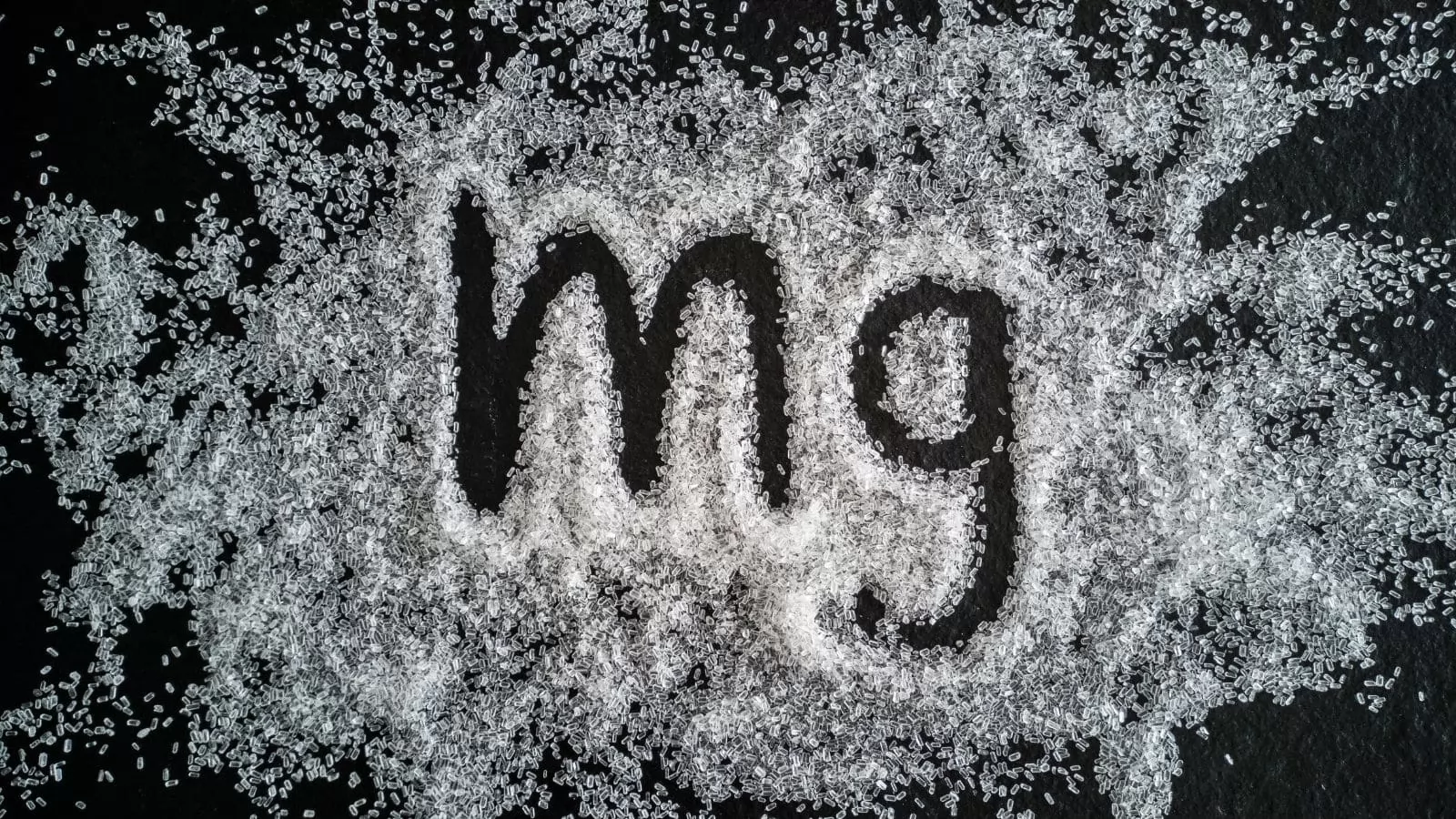
When Do You Need PM5S?
PM5S is not just a simple substitute; it is an optimized solution for common challenges in flame retardant systems. Consider PM5S if you are facing any of the following issues:
Situation 1: You are using natural magnesium hydroxide (Brucite), but...
- The performance of your flame-retardant compound is inconsistent.
- There are significant color differences between batches.
Solution: PM5S is a precipitated synthetic product with a purity of ≥99.5% and a whiteness of ≥99%. It offers superior batch-to-batch consistency, making it ideal for LSZH cable compounds and other applications requiring high performance and color stability.
Situation 2: You are using aluminum hydroxide (ATH), but...
- Your compound fails to meet the required flame retardant standards.
- Vertical burning tests (e.g., UL94) are not passing.
- You cannot achieve high-speed extrusion due to processing limitations.
Solution: PM5S has a higher decomposition temperature (300–330°C), providing sustained endothermic cooling and forming a dense char layer, which significantly improves flame retardancy and processing speed.
Situation 3: You are using premium precipitated MDH (e.g., Huber H5, Kisuma 5P, Konoshima S6), but...
- The cost is too high, affecting your product's market competitiveness.
Solution: PM5S costs approximately half the price of traditional premium MDH while offering comparable performance, enabling significant cost reduction in your formulations.
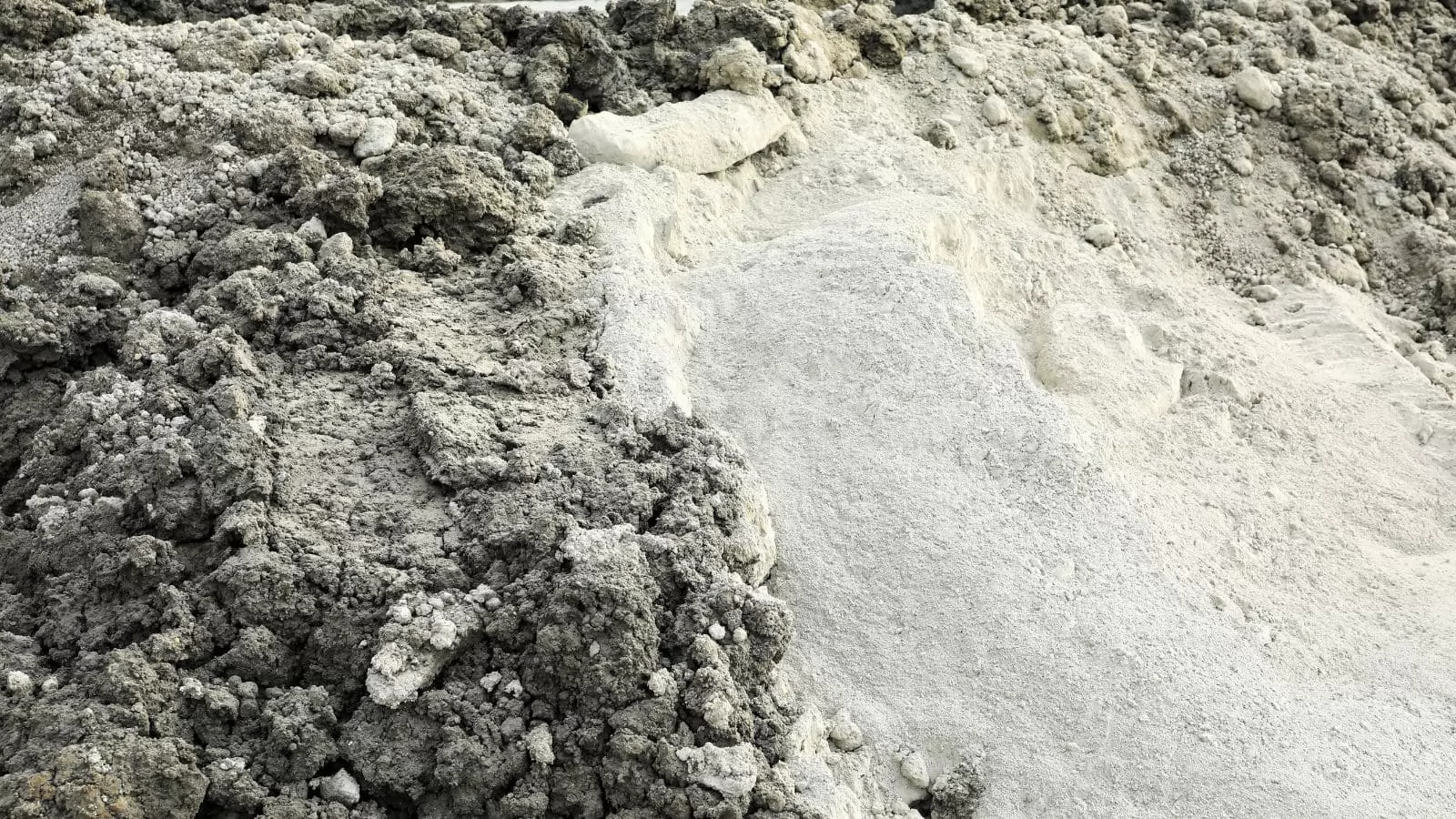
PM5S vs. Brucite (Natural Magnesium Hydroxide)
| Feature | Brucite (Natural) | PM5S (Precipitated) |
|---|---|---|
| Purity | Typically <98% | ≥99% |
| Whiteness | Generally lower | ≥99%, brighter and whiter |
| Particle Size (D50) | Mostly >3μm | 1.4–1.7μm |
| Particle Morphology | Irregular | Flake structure, easier to orient |
| Batch Consistency | Varies with ore source | Highly consistent due to synthetic process |
Advantages of PM5S: The finer particles reduce stress concentration, enhancing tensile strength, modulus, impact resistance, and elongation at break. High whiteness and purity ensure excellent appearance in the final product.
PM5S vs. ATH (Aluminum Trihydroxide)
1. Superior Char-Forming Ability
Divalent metal ions (like Mg²⁺) promote polymer aromatization and enhance the yield of graphitic char, whereas trivalent metal ions (like Al³⁺) do not. This means MgO (from MDH) can promote carbonization, while Al₂O₃ (from ATH) cannot. As a result, compounds with PM5S are more likely to pass UL burning tests.
| Property | ATH Char | MDH (PM5S) Char |
|---|---|---|
| Morphology | Amorphous, Porous | Denser, Sintered Network |
| Mechanical Strength | Low (Fragile) | Higher (Coherent) |
| Barrier Effect | Moderate (gaps permit gas escape) | Superior (continuous, reduces pyrolysis volatiles) |
2. Better Smoke Suppression
Smoke is a colloidal suspension of solid and liquid particulates in a gas, formed during thermal decomposition under oxygen-deficient conditions. Because MgO can catalyze the conversion of volatile pyrolysis products into stable char, PM5S reduces smoke generation more effectively than ATH.
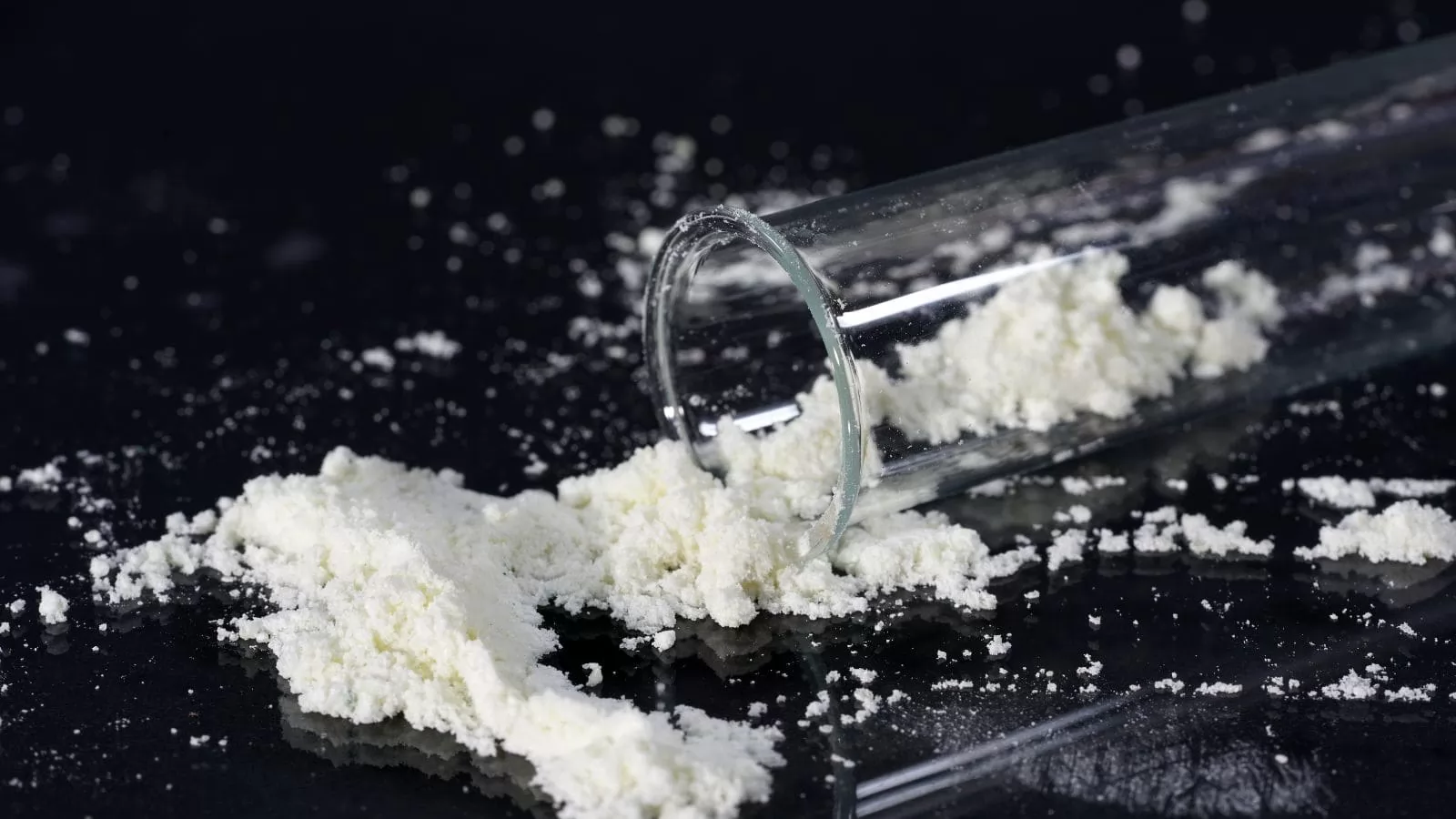
The Synergy of ATH and MDH (PM5S)
PM5S can be used alone or, more effectively, in combination with ATH to achieve a synergistic "1+1>2" effect.
1. Complementary Decomposition Temperatures
- ATH: Decomposes at 200–300°C, providing early endothermic cooling to delay ignition.
- PM5S (MDH): Decomposes at 300–330°C, providing delayed endothermic action to suppress high-temperature pyrolysis.
Synergy: This provides a broader thermal protection range compared to single fillers.
2. Hybrid Char Formation
- ATH Residue: Forms a porous, amorphous Al₂O₃ layer, providing initial insulation.
- PM5S (MDH) Residue: Generates a cohesive, sintered MgO layer that seals surface cracks.
Synergy: MgO fills the voids in the Al₂O₃ matrix, creating a dense, hybrid ceramic char layer. This greatly enhances the barrier effect, reducing oxygen diffusion and the release of volatile gases, which is critical for smoke suppression.
3. Smoke and Toxicity Reduction
- Dual water release from both fillers dilutes flammable gases (e.g., CO, CH₄).
- MgO catalysis promotes polymer aromatization, converting volatiles into stable char.
Synergy: The blend can reduce Total Smoke Release (TSR, ASTM E662) by 20–40% compared to single hydroxides.
4. Mechanical and Processing Benefits
- A lower total filler loading is required to achieve the same performance, helping to retain the polymer's flexibility.
- MDH (PM5S) counteracts the slight acidity of ATH, improving scorch resistance and enabling high-speed extrusion.
| Property | ATH Alone | MDH (PM5S) Alone | ATH/MDH Blend |
|---|---|---|---|
| Peak Heat Release Rate (HRR) | Moderate reduction | High reduction | Optimal reduction |
| Char Cohesion | Fragile | Good | Excellent |
| Smoke Density | Moderate suppression | High suppression | Superior suppression |
PM5S vs. Traditional Premium MDH Brands
Compared to international brands like Huber H5, Kisuma 5P, and Konoshima S6, PM5S offers a significant advantage:
- Cost: Priced at approximately half that of traditional premium MDH.
- Performance: Offers precipitated MDH with ≥99.5% purity, a D50 of 1.6μm, and a whiteness index >100 (ISO1774).
- Handling: Silane-coated to prevent agglomeration during transportation and storage.
Recommendation: While PM5S may not be a 100% drop-in replacement for premium MDH in all high-performance formulas, it can replace a significant portion to reduce costs. In low-filler formulations, it can even serve as a 100% replacement.
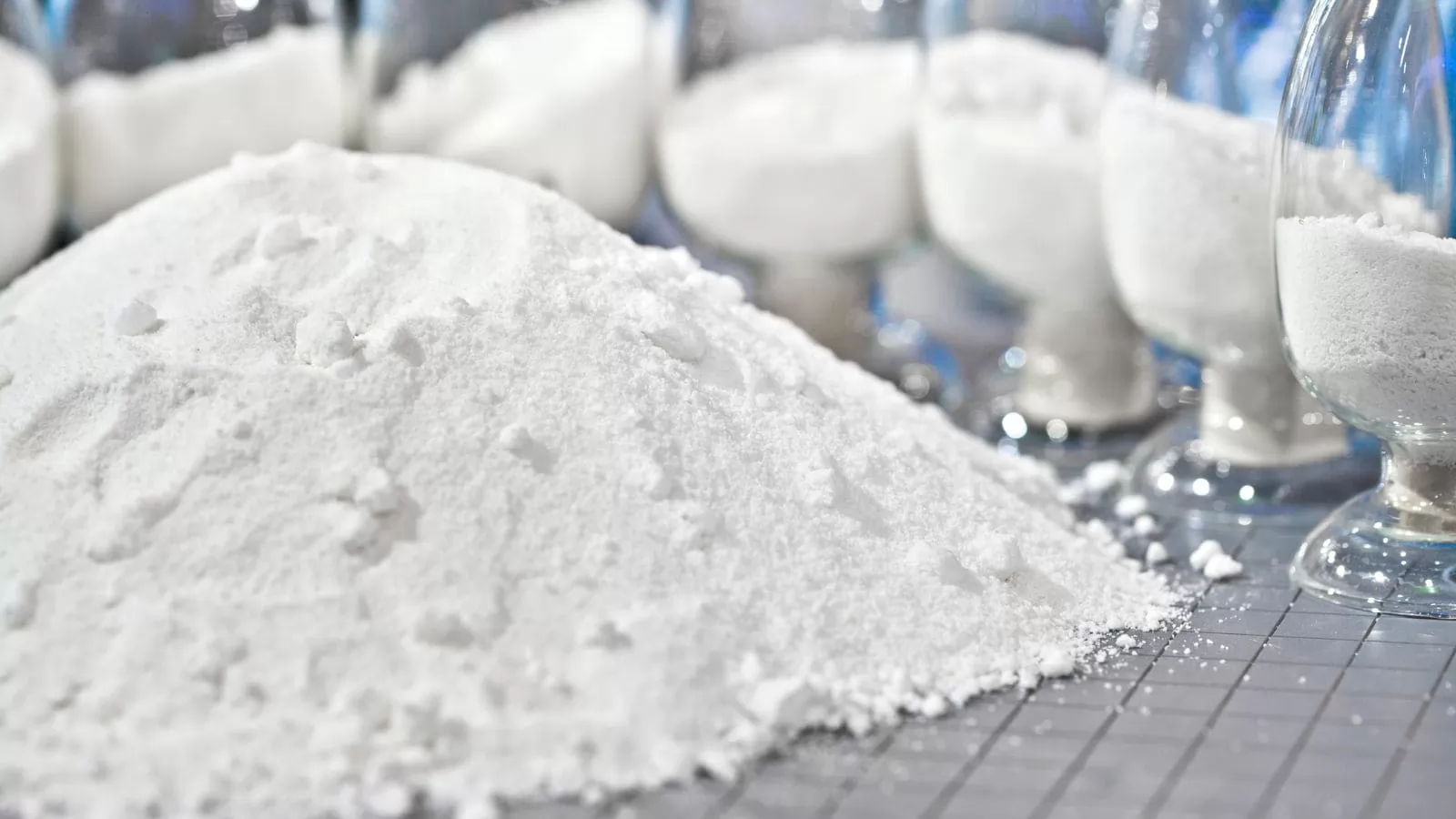
Conclusion: Why Choose PM5S?
PM5S stands out as a high-performance, cost-effective solution for modern flame retardant needs. Whether you are looking to upgrade from natural brucite for better consistency, seeking a higher-performing alternative to ATH for better flame and smoke performance, or aiming to reduce costs from expensive premium MDH, PM5S delivers exceptional value.
Leverage the synergy of PM5S with ATH to create safer, greener, and more competitive flame-retardant materials.
Contact us today to request free samples, technical data sheets (TDS), or safety data sheets (MSDS) for PM5S and discover how it can optimize your flame-retardant formulations.
Your Name*
Your Email*
-
2025-Oct-17Top 10 Aluminum Hydroxide Manufacturers in 2025Discover the top 10 aluminum hydroxide manufacturers in 2025, offering high-purity products for flame retardants, pharmaceuticals, and more.
-
2025-Oct-17Guide to Magnesium Hydroxide Flame Retardants for CablesLearn all about the key flame retardants used in the cable and wire industry, including magnesium hydroxide. This detailed guide covers the benefits, applications, and standards for flame retardant coatings. Stay ahead with sustainable and effective solutions from KMT Industry.
-
2025-Oct-17Top 10 Magnesium Hydroxide Suppliers in 2025Top 10 magnesium hydroxide manufacturers and suppliers leading the global market in 2025, detailed report on each supplier is provided.


-

 +86-931-7653361
+86-931-7653361 Room 1212, 1213, Jinhe Building, No. 1264 Beibinhe West Road, Anning District, Lanzhou City, Gansu Province, China.
Room 1212, 1213, Jinhe Building, No. 1264 Beibinhe West Road, Anning District, Lanzhou City, Gansu Province, China. -
Quick Links
-
Products





